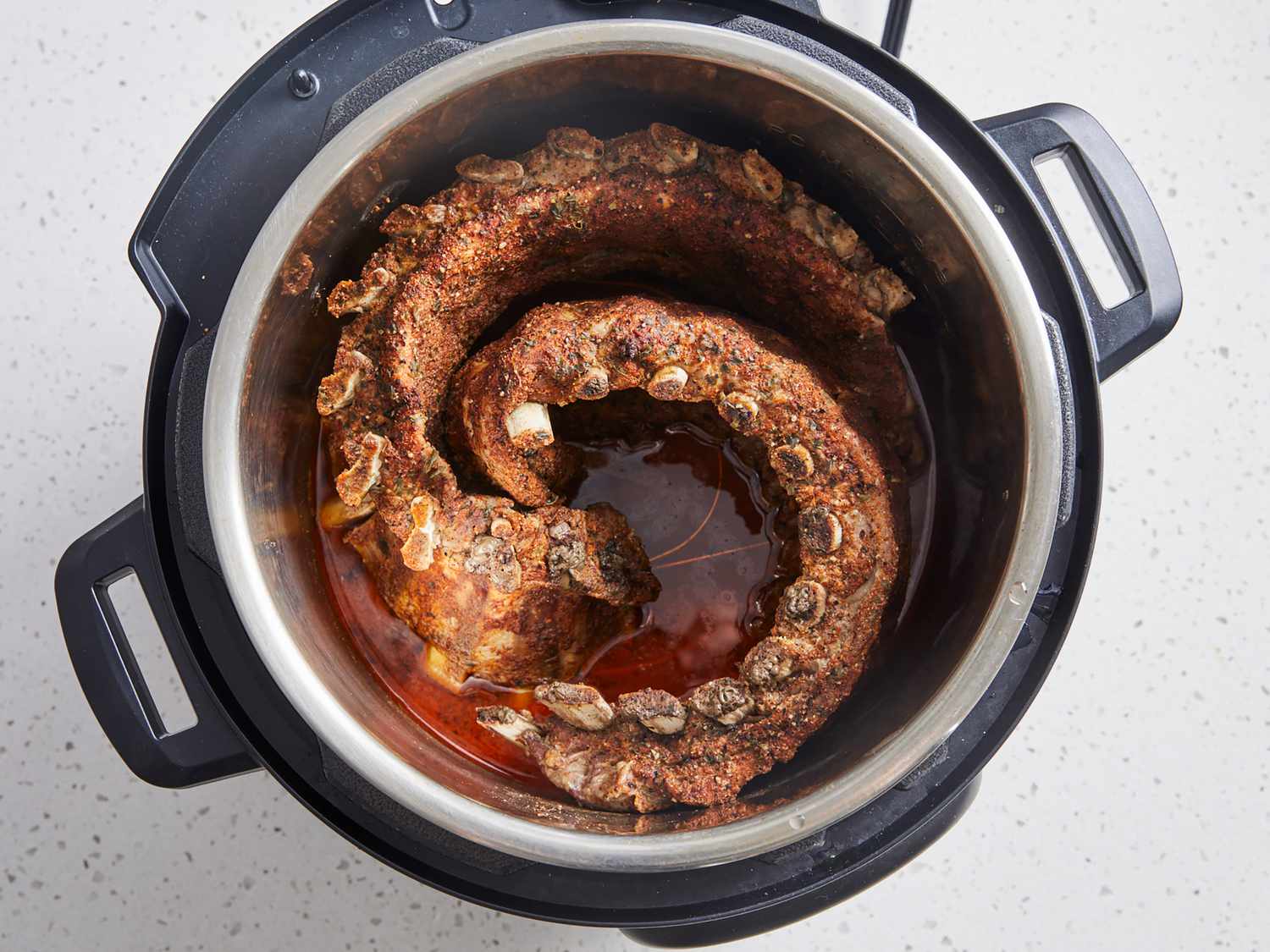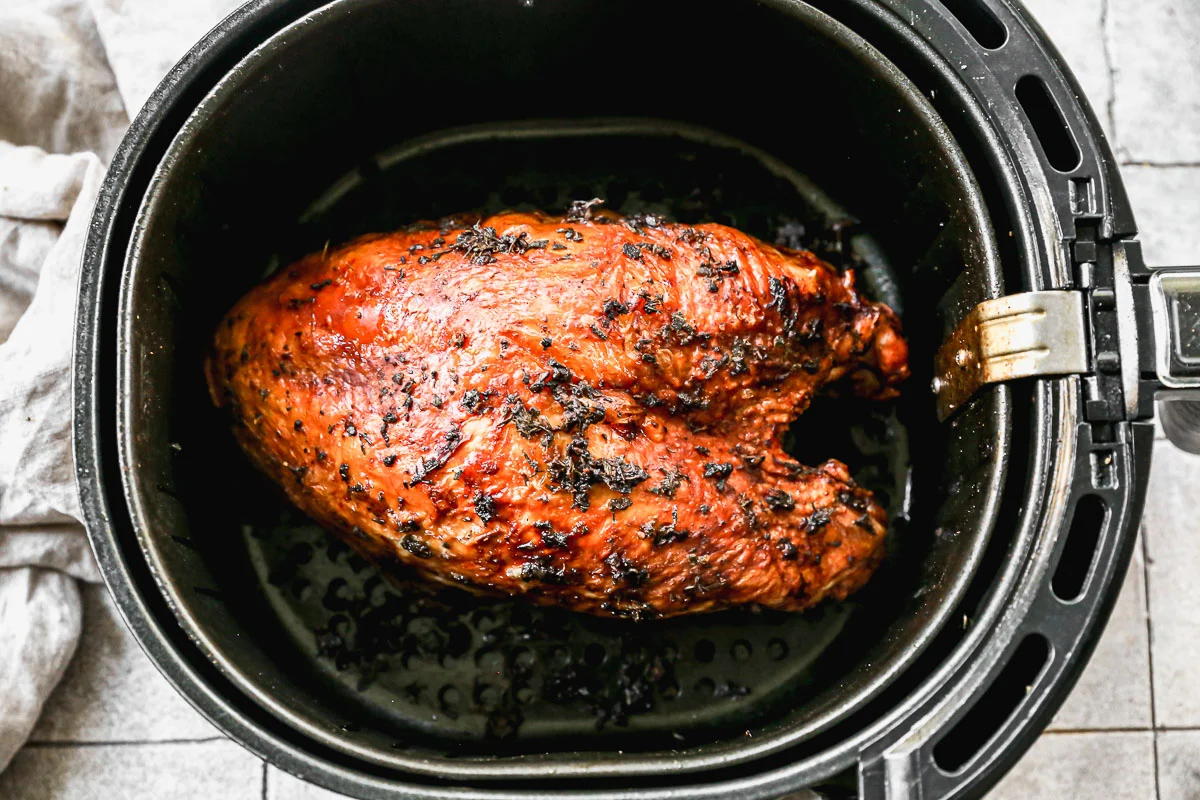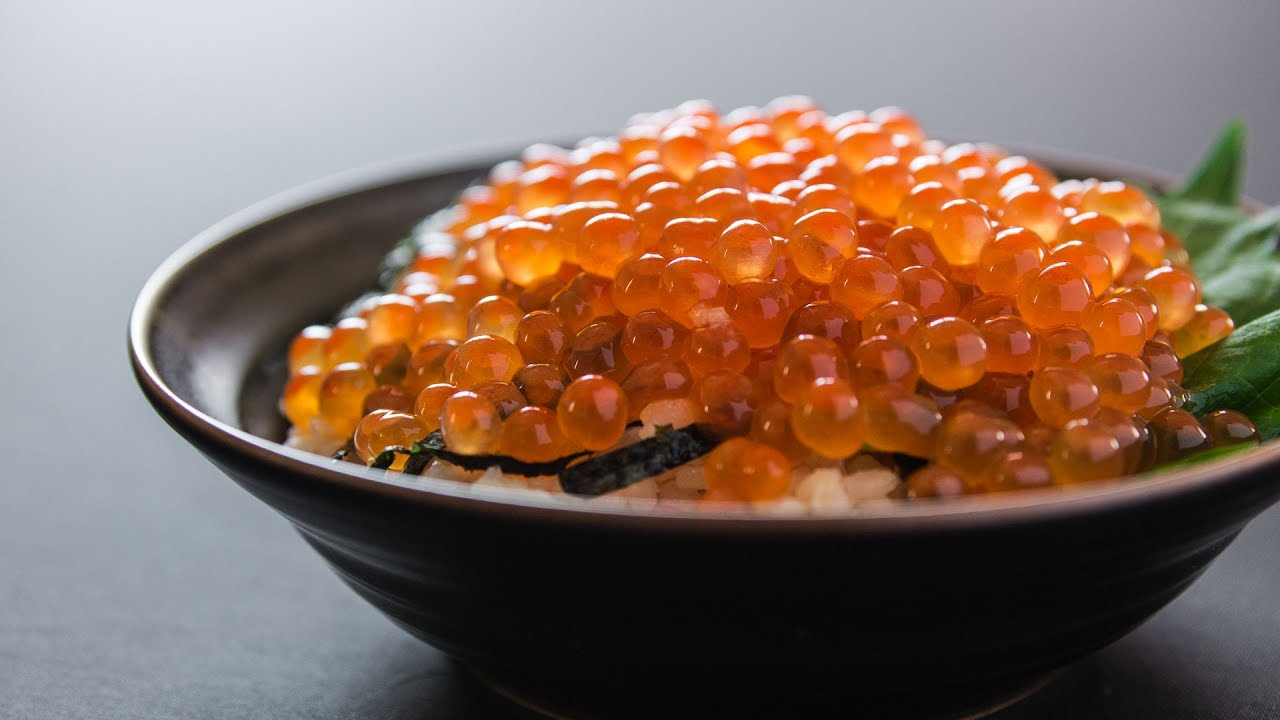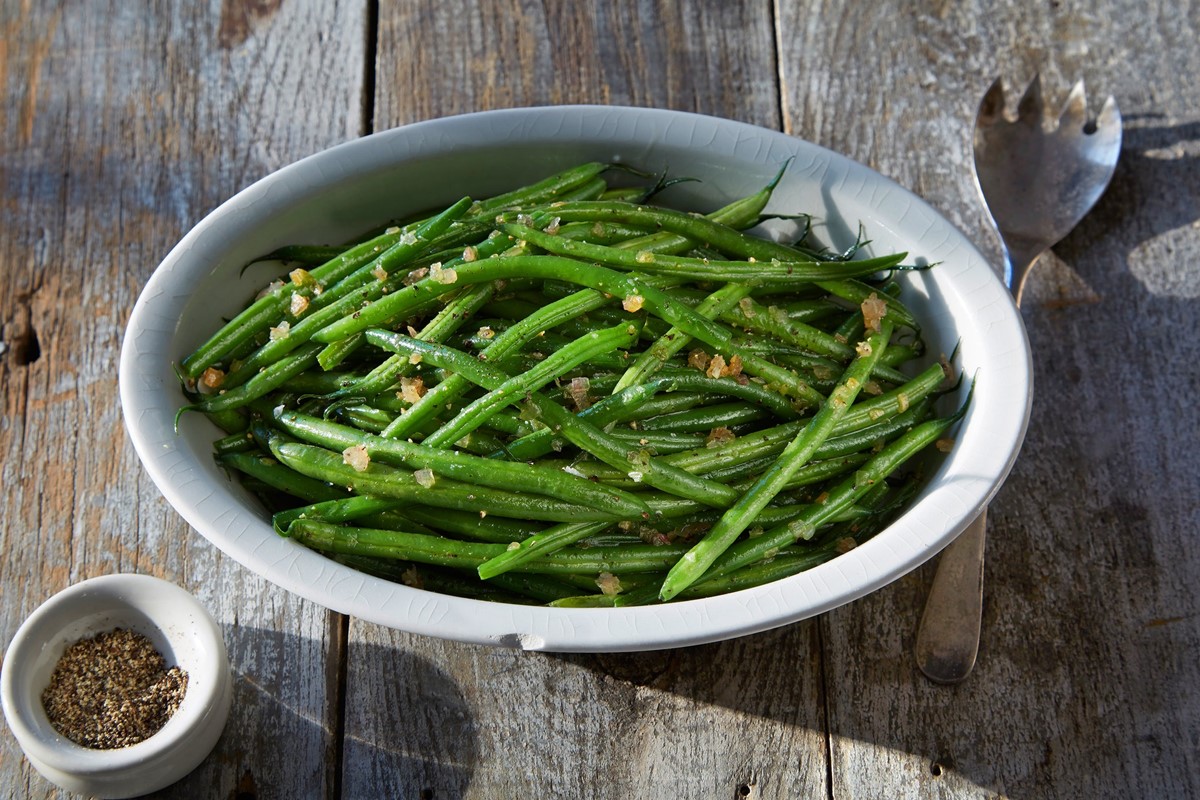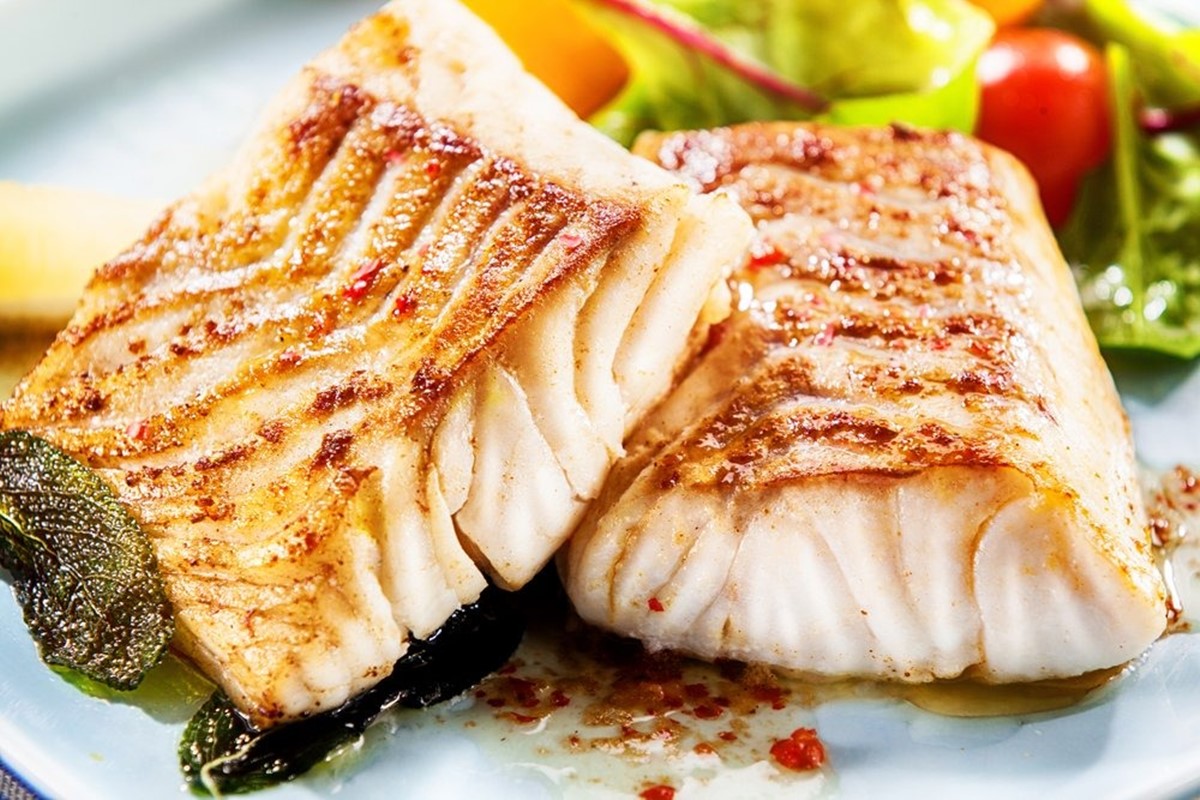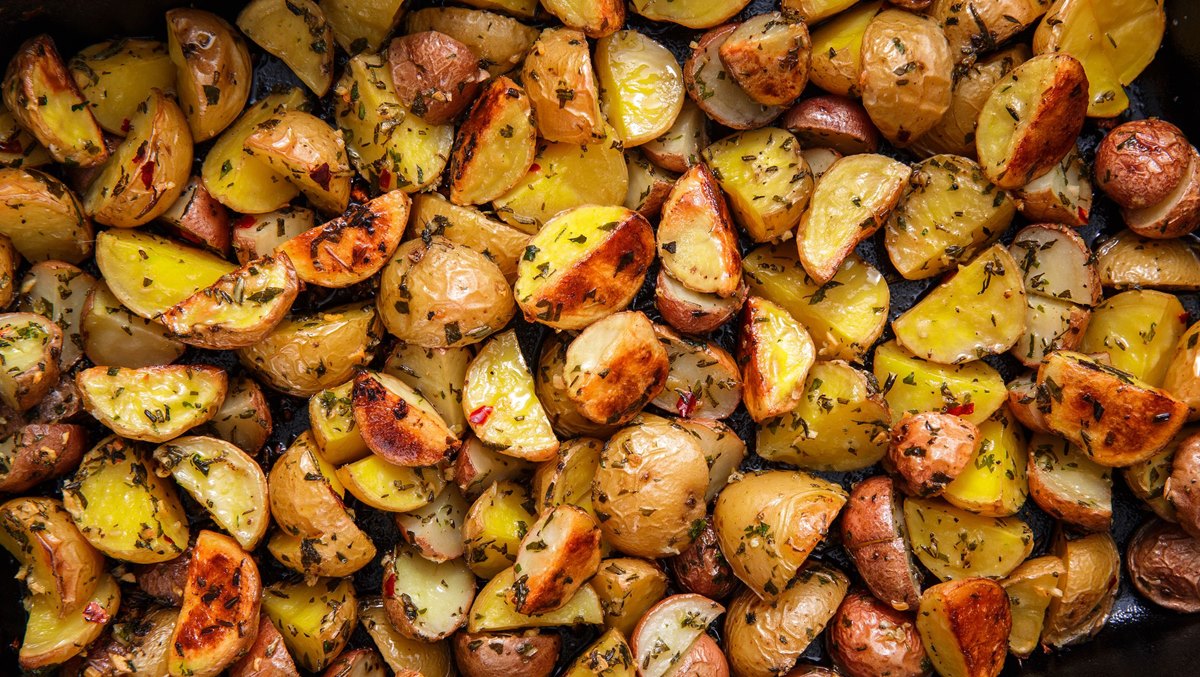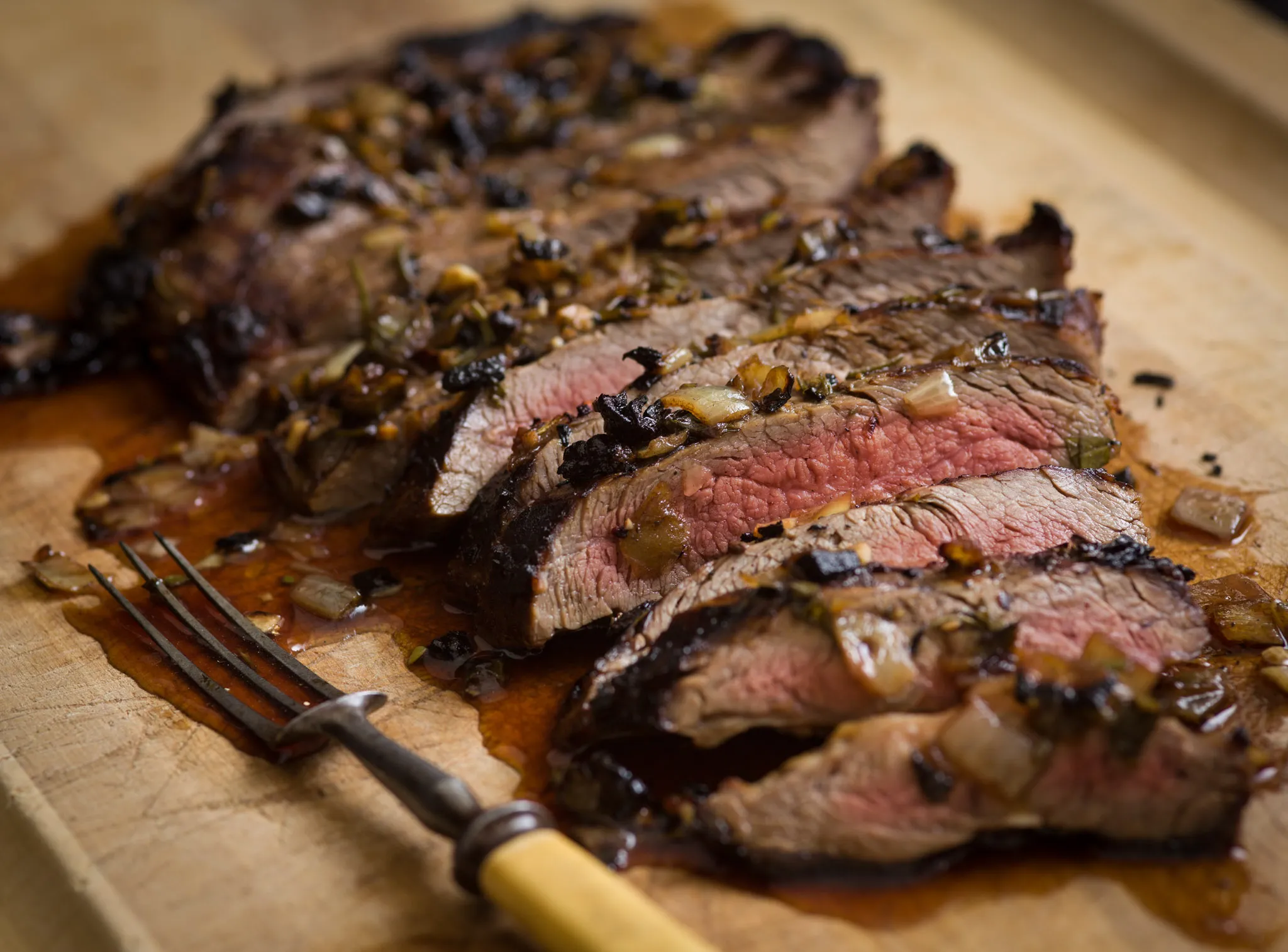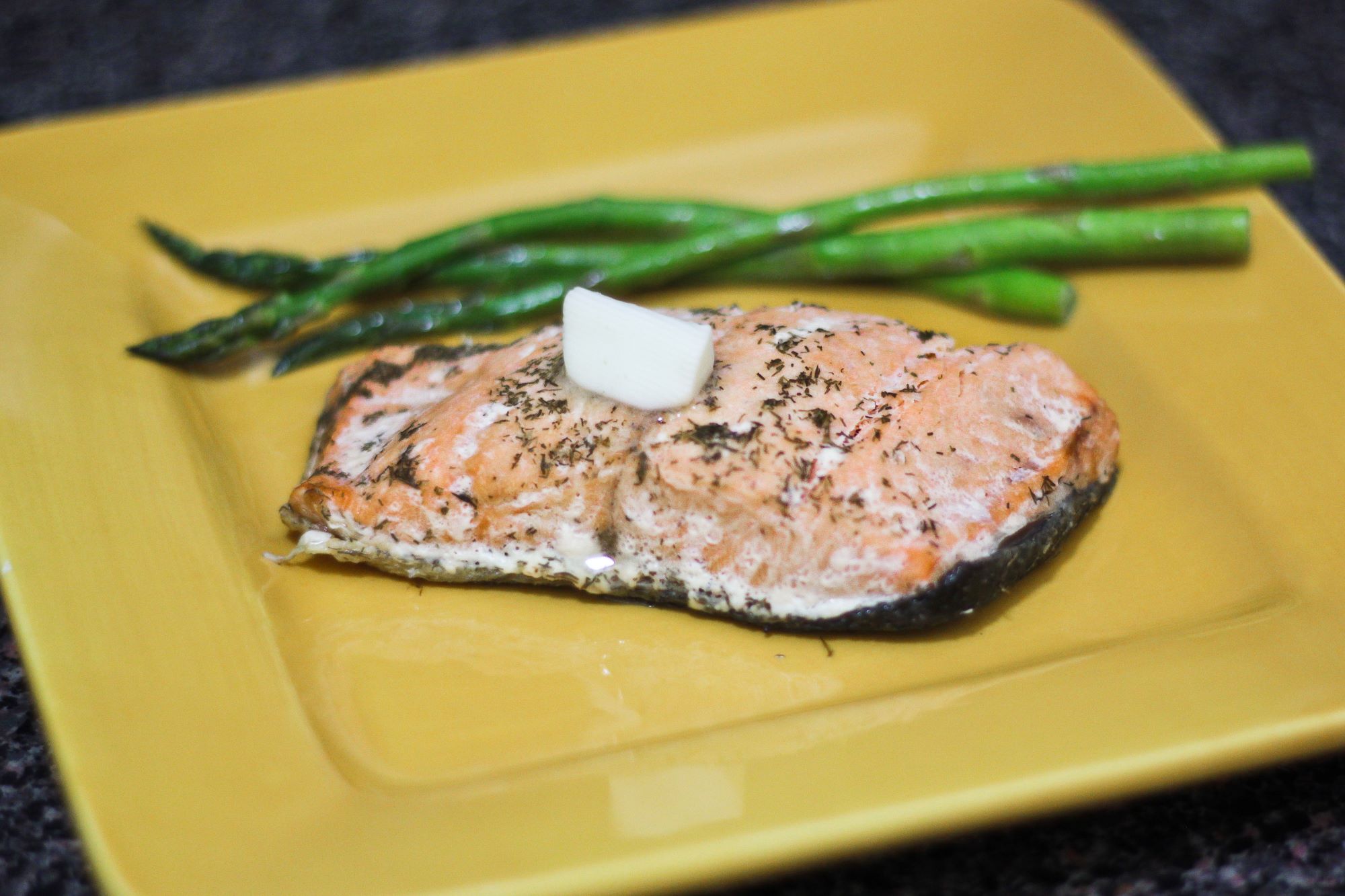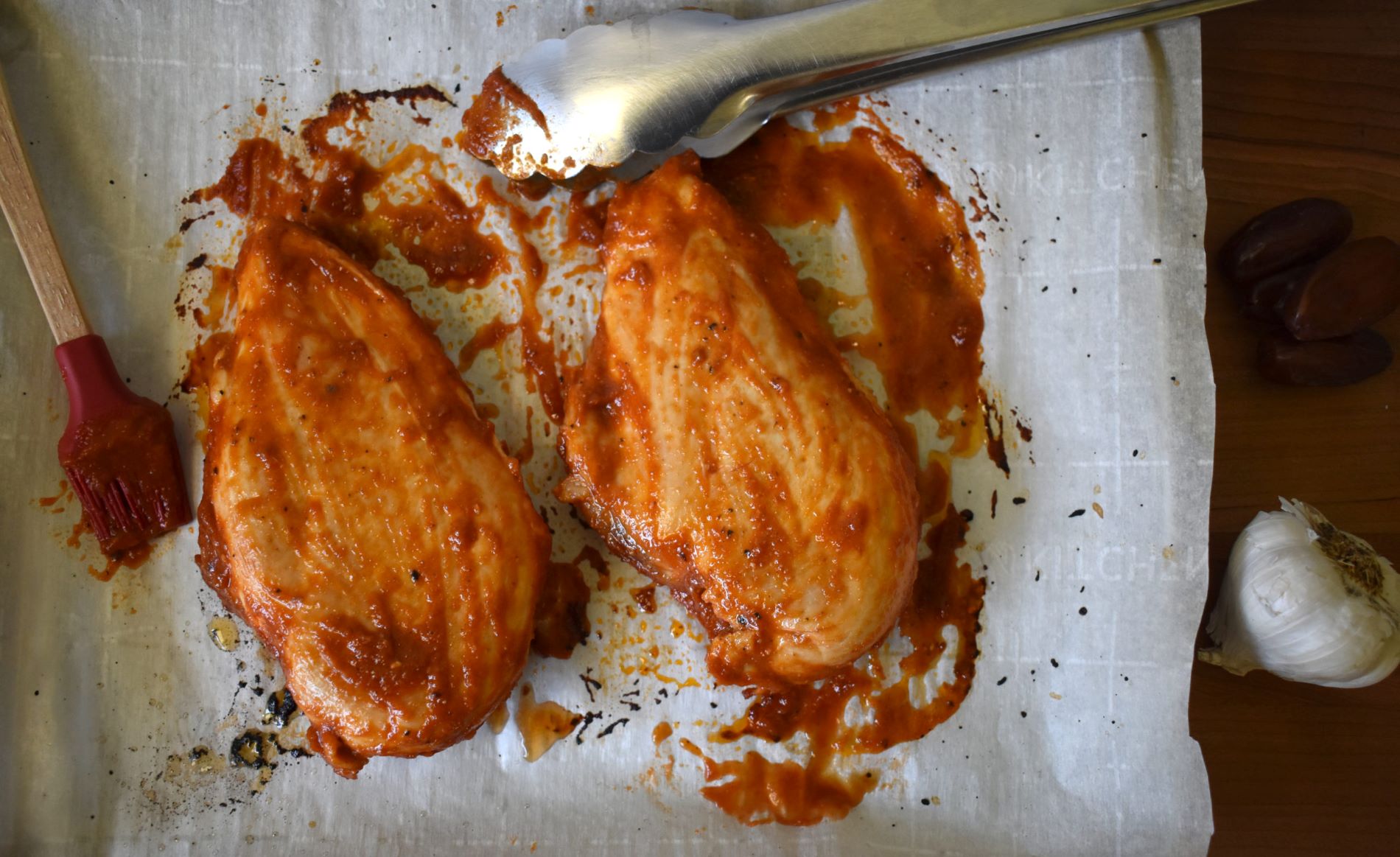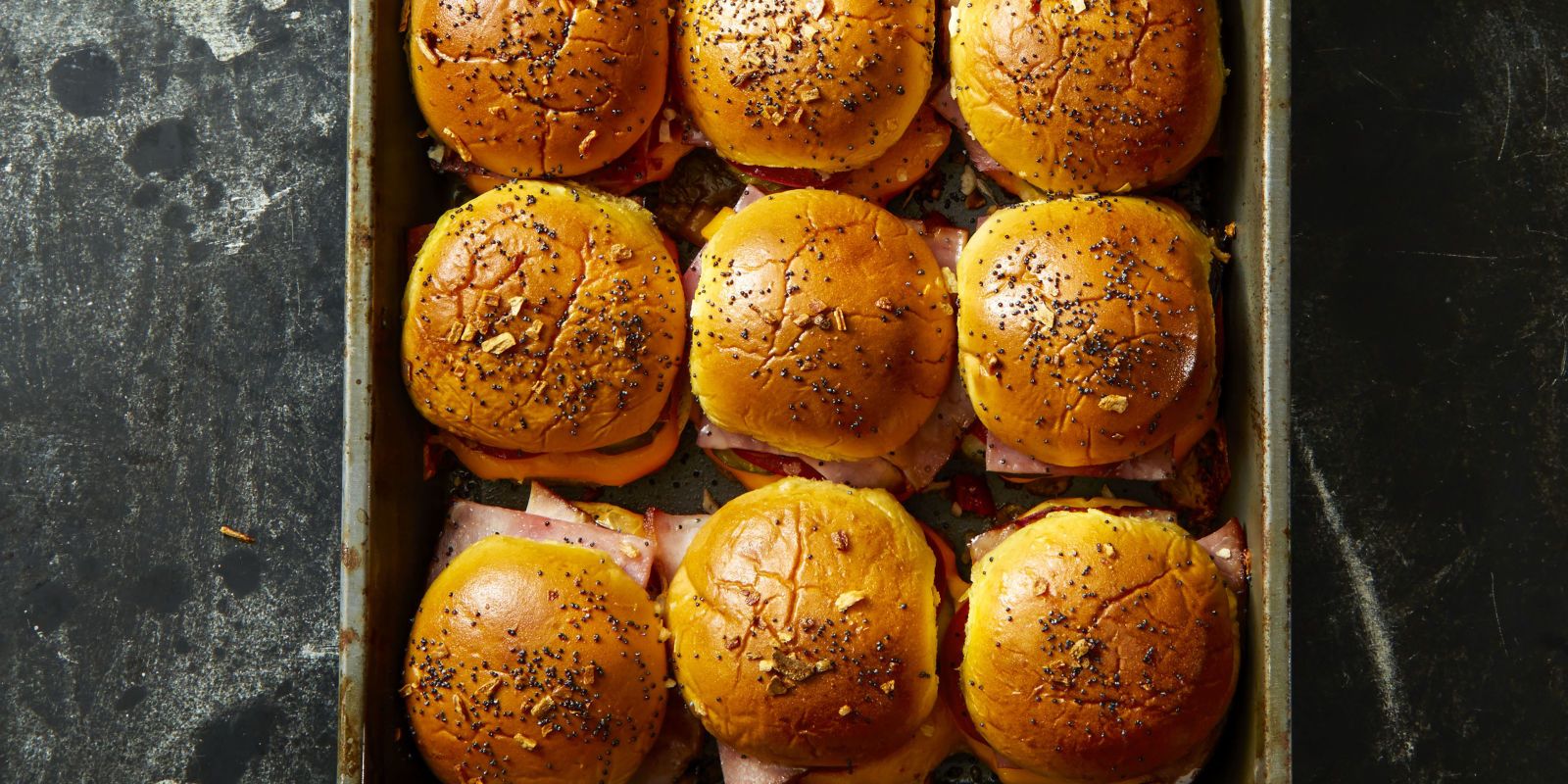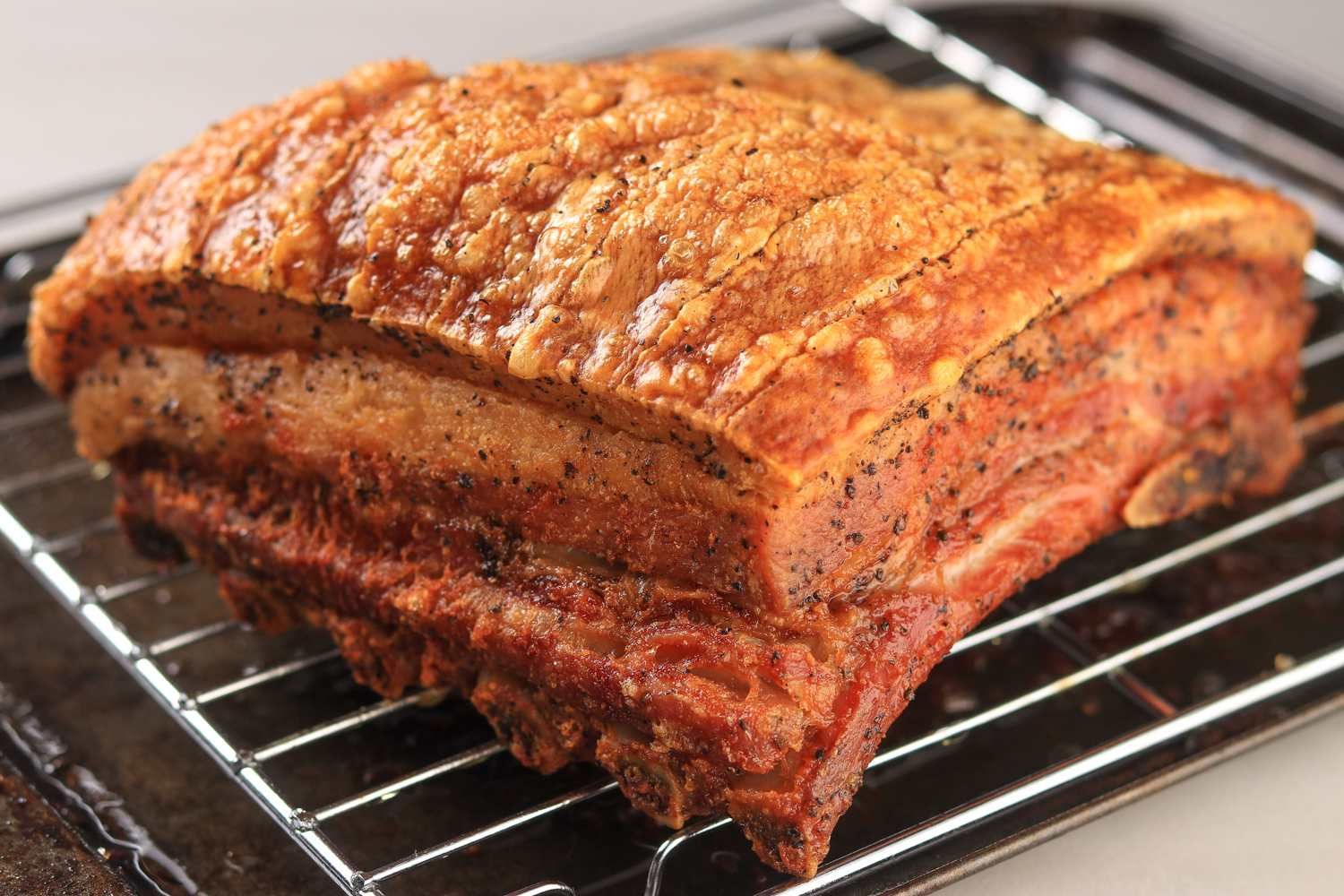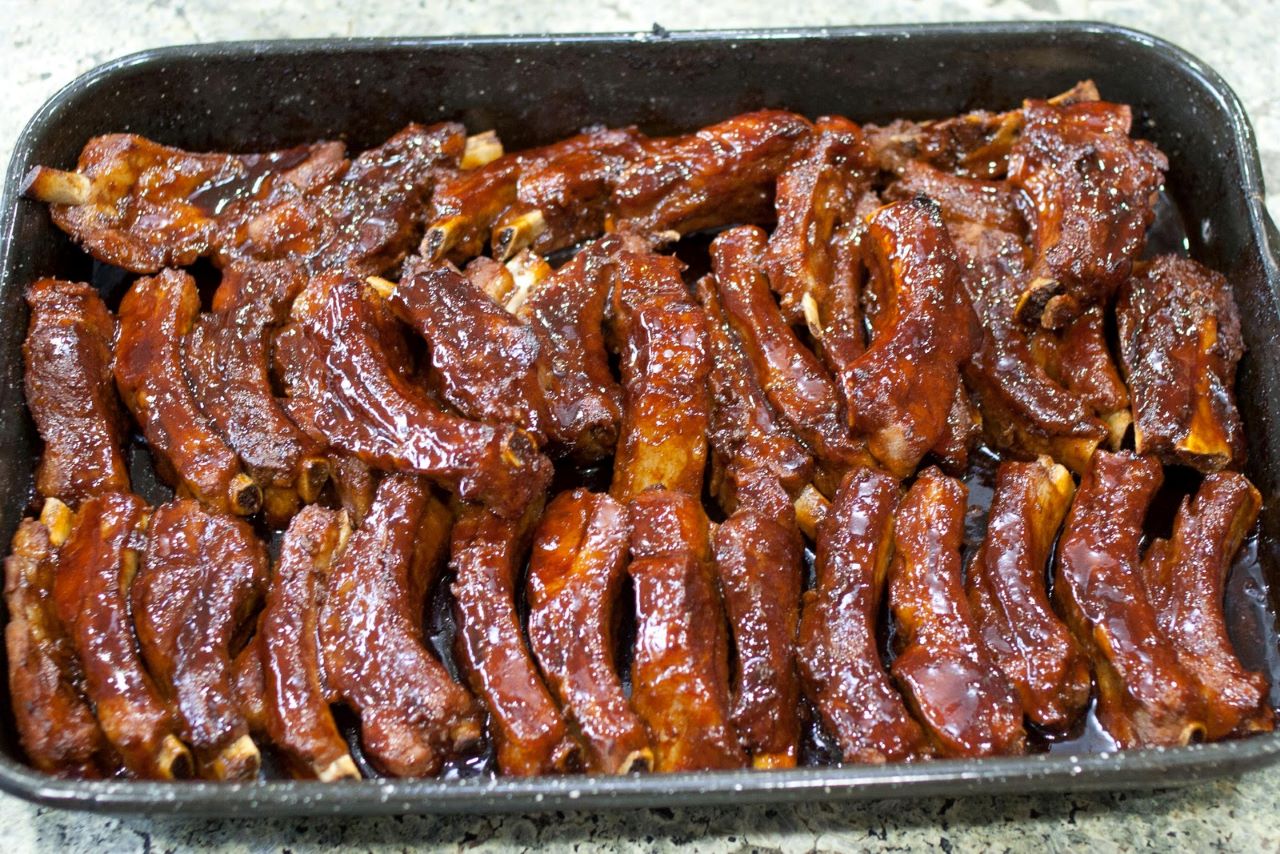How To Cook Balsamic Rice
Greetings, food enthusiasts! Today, we are diving into the wonderful world of balsamic rice. This versatile and flavorful dish is sure to delight your taste buds and impress your guests. Whether you’re a seasoned chef or a cooking novice, this step-by-step guide will help you master the art of cooking balsamic rice in no time.
Ingredients:
- 1 cup of rice
- 2 cups of water
- 1/4 cup of balsamic vinegar
- 1 tablespoon of olive oil
- Salt and pepper to taste
Step 1: Prepare the Rice
Start by rinsing the rice under cold water until the water runs clear. This will remove any excess starch and help the rice cook evenly. Once rinsed, drain the rice and set it aside.
Step 2: Cook the Rice
In a medium-sized saucepan, bring 2 cups of water to a boil. Add the rinsed rice and reduce the heat to low. Cover the saucepan with a lid and let the rice simmer for about 15-20 minutes, or until all the water is absorbed and the rice is tender.
Step 3: Create the Balsamic Mixture
While the rice is cooking, it’s time to prepare the balsamic mixture. In a small bowl, combine the balsamic vinegar, olive oil, salt, and pepper. Mix well to ensure all the flavors are evenly distributed.
Step 4: Infuse the Rice with Balsamic Flavor
Once the rice is cooked, remove it from the heat and let it sit for a couple of minutes. Then, fluff the rice with a fork and slowly pour the balsamic mixture over it. Gently fold the rice to coat each grain with the delicious balsamic dressing.
Step 5: Let the Flavors Marry
For the best results, cover the rice with the lid and let it rest for about 5 minutes. This will allow the flavors to meld together and create a harmonious taste profile.
Step 6: Serve and Enjoy
Your balsamic rice is now ready to be served! This versatile dish pairs well with a variety of proteins, such as grilled chicken, fish, or roasted vegetables. Garnish with fresh herbs or a drizzle of balsamic glaze for an extra touch of elegance.
Now that you know the secrets to cooking balsamic rice, experiment with different variations and add your own twist to this delicious dish. Be creative and have fun in the kitchen. Bon appétit!
For those looking to try something new with balsamic rice, there are several recipes that stand out. Balsamic Rice with Grilled Chicken is an excellent starting point, offering a balanced and savory meal that's easy to prepare. Another must-try is Balsamic Rice Stuffed Bell Peppers, perfect for a colorful and nutritious dish that's great for meal prepping. If you're a vegetarian or just want a veggie-packed meal, Balsamic Rice with Roasted Vegetables provides a delicious medley of flavors. For a hearty and satisfying option, Balsamic Rice and Mushroom Pilaf combines earthy mushrooms with the tangy balsamic rice, creating a comforting dish suitable for any dinner table. Lastly, Balsamic Rice with Shrimp and Asparagus is a quick and elegant meal that's perfect for impressing guests or enjoying a special weeknight dinner. These recipes showcase the versatility of balsamic rice and are sure to delight any palate.
Was this page helpful?
Read Next: How To Cook Stuffed Portobello Mushrooms
